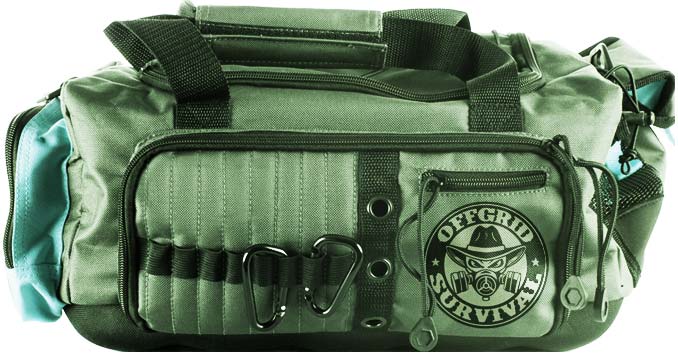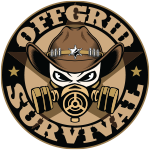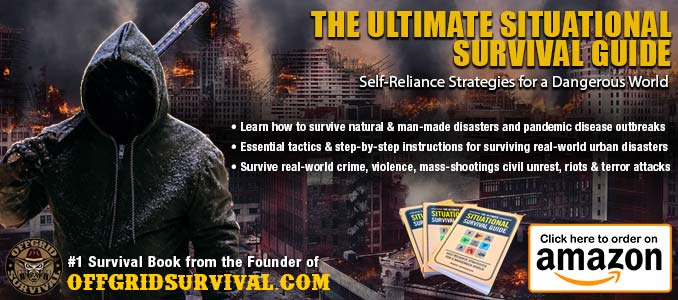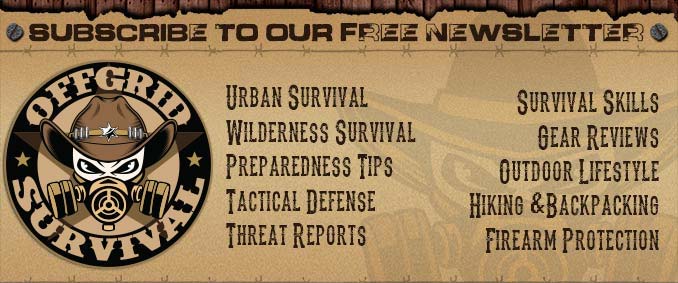
When it comes to survival gear, first aid kits are one of the most overlooked preparedness items out there. I know, they aren’t as fun to talk about as survival knives, bug out bags, and firearms; but when it comes to practical emergency preparedness items, the reality of the situation is that your medical bag is probably going to get more use that any other items in your survival stash.
If you haven’t dedicated time to really making sure your first aid needs are covered, you need to rethink your preparedness planning and do some serious work on making sure your first aid needs are covered.
What items go into a First Aid Kit?
A good first aid kit is always developed around your unique medical needs. There is no one size fits all solution, so every bag should be customized to deal with the most likely medical emergencies that you might experience. That means taking an inventory of who is in your household, what medications they are taking, what health problems they may have, and what you need to help them survive during times of crisis. While every kit is going to be a bit different, there are some things that every bag should have.
Here are the top items that we include in our first aid kit list; these medical items should be the foundation that your bag is built upon, and will help you get going.
Have a Way to Stop bleeding and Close Wounds
Every good medical kit should have items that can be used to help stop bleeding, close and protect cuts, and help prevent infection from setting in.
- Duct Tape: Yes, duct tape. It can be a life saver when trying to treat a cut or wound when medical help may be too far away to reach quickly. Duct tape can quickly and safely pull together an open wound, and can buy you the time you need to reach medical help.
- Butterfly Sutures: Another great way to close up small wounds is to use something know as a butterfly suture. These types of adhesive strips pull the edges of a small cut together in the same way as a doctor’s stitches.
When using duct tape or butterfly sutures to close a wound, make sure you carefully clean the wound and wash out any foreign materials or debris. If you have any kind of antiseptic, apply it to the wound and dry the area. Start in the middle of the wound and apply the strips, pulling the cut together as tightly as possible. Work your way towards the edges, gently bringing the two sides together and taping them shut.
Don’t Forget to Include Ways to Prevent Infection
During a survival situation, where sanitation issues may become a problem, keeping your wounds clean and covered is critical to preventing problems. Infection can set in quickly, so you need to stay on top of any open cuts. That means it’s important to carry the following items:
- Gauze
- Adhesive wound dressings
- Antibiotic ointments and creams
- Broad spectrum oral Antibiotics – This may be difficult to come by since you need a prescription, but some doctors may be willing to prescribe them as a preventative measure if you’re going to be on an extended trip out in the wilderness. Erythromycin, Ciprofloxacin, and Amoxicillin are all broad spectrum antibiotics.
- Antiseptics and Disinfectants – Peroxide, Isopropyl Alcohol, PVP Iodine Ampules and Antiseptic wipes are all things that need to be in your kit.
Pain Management Items
Depending on your condition, pain can be a debilitating and even deadly thing if it causes you to lose hope or give up. Having a way to treat and manage pain, as well as decrease inflammation, is an important part of every emergency first aid kit.
- Aspirin, Tylenol or Ibuprofen
- Codeine or some type of pain killer
- Chemical Ice Bags
- Lidocaine
Dealing with Allergies
Even if you don’t think you have allergies, certain things can still cause an allergic reaction. In some cases, especially in people who have food allergies, allergens can cause life-threatening anaphylaxis reactions that need to be treated immediately.
- Antihistamine – Benadryl, otherwise known by its generic name Diphenhydramine HCl, is one of the best antihistamines on the market and is something that should be part of everyone’s kit.
- Antihistamine creams
- EpiPen or Epinephrine – For those with a life-threatening allergy, having an EpiPen with you at all times is essential. They can help stop an anaphylaxis reaction and buy you time until medical help arrives.
Items Specific to Your Unique Medical Needs
No one kit is right for every person. That’s why special attention needs to be put into developing a kit for yourself and your loved ones. I advise staying away from prepackaged kits unless you’re using it as a foundation to build your kit.
- Make sure your kit is stocked with extra prescription medications if you have a medical condition that requires you to take medication.
- OTC Meds – If you routinely take Over the Counter medications to treat conditions like arthritis, nausea, etc., make sure you have an ample supply of them in your bag.
Your Kit should also contain at least some of the following items:
- Emergency dental kit
- Sterile needles and surgical blades.
- Splints – SAM and air splints
- Quick Clot Gauze
- Grooming and cleaning tools – Fingernail clippers, soap, Antiseptic wipes.
- Tweezers
- Scissors
- Disposable thermometers
- Disposable gloves
- Sterile eyewash & eye dressings
- Sunblock
- Vaseline
- Burn creams and dressings
- Medical manuals and basic first aid instructions.
What do you have in your medical kit?




Spent a lot on gear and put kits together, even started a local unit!
But then cancer slapped me and the wife hurt her back, decided to go old school!
Easier to plan when you decide to defend what you’ve earned! Traded an extra pistol for a Remington 870, and we ain’t going anywhere!!
Original plan was to keep people in their homes, where you have food, med supplies, etc…
Then I got put in the hospital and it all went to crap.
Point is, lots of folks aren’t physically able to bug out, and should consider staying there!
What will you need if walmart is gone, not closed, GONE?
You need tactical bacon… could save a life…
S.W.A.T PIG!!
Superglue is ridiculous guys!
On the contrary my friend, any cut smaller then an inch it is magic. But after that you are right. From there it’s gauz and bandages, enjoy the scar.
I put in an arm brace to help stabilize injured wrist. Also,I have Vitamin D which is important for older people,to help keep bones strong.This is in addition to regular vitamins.
I’ve added a Sawyer Extractor to my kit. It’s made to remove snake and spider venom, stings, splinters, and pretty much anything else you’d need to suck out of your skin. Comes with different heads for different sized wounds, and will even pop a pimple for you in a pinch. Pretty handy gadget, and beats the heck out of sucking snake venom out of a bite. It’s also designed to be used with one hand, which is a plus if you’re using it on yourself.
Leather gaiters will stop snake bites from your knees down
Not sure if anyone mentioned: bright headlamp (to see hands-free), mylar blanket (to keep the injured warm), penlight, fever cooling patch, transpore tape, salonpas pain relief patches, instant cold pack, children’s ibufrofen/tylenol (don’t need water to swallow), small plastic bag for garbage disposal (think bloody gauze).
Bandage
Dettol
Ors is very useful medicine in first ait treatment
a rap for a broken leg
Question for Off Grid….what’s the make/model of the bag pictured? Do you have a link to where I can get one? Really would like to look into it. Any info would be great. Thanks!
A pencil eraser will pull out metal splinters. Agood to clean the contacts on a flashlight. I keep the batteries taped to my flashlight and not IN it. They could rupture and ur med supplies will get ruined.
Superglue is good for splinter extraction. Elmers is too.
I am an RN who does alot of wound care. Betaine and peroxide are cytotoxic. That means they kill cells. Better to clean wounds with normal saline. Also good for contact lenses.
After having several mishaps with multi prong fish hooks, I would never be without wire cutters and needle nose pliers!
An extra pair of shoelaces is always good to have in a backpack or med kit. Can be used for anything from stopping bleeding to a makeshift belt. It isn’t the ideal fix, in most situations, but very functional, compact and lightweight.
Knifes can be a big factor too… Can stop so one from mugging you in the woods to having a makeshift surgery…
Urinary catheters are a good idea when more than a day away from medical help. If you find yourself unable to pass urine you’ll give your left pinky for relief.
Your posts are really important to me. Thanks!
I’m allergic to cheese dose that make me fell weird if I am allergic to cheese
what are bandages used for
Am reading and taking notes. Thanks to all pros and cons. When SHTF I’ll find a way to stop the fan first…
I keep a ball cap so I can put on the brim of my cay tiny clip on lights in case it’s dark in the woods and you get hurt or cut and can’t see. I also have IV hose kit and solution just in case you need it.
Brim of my hat